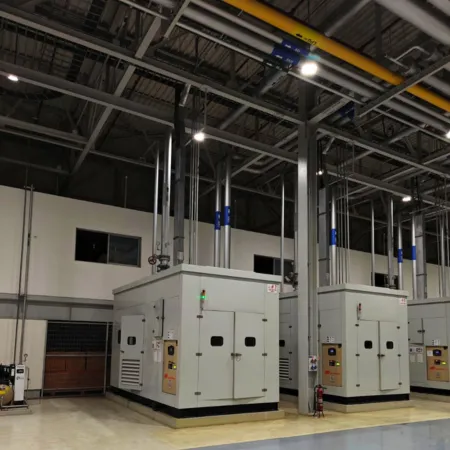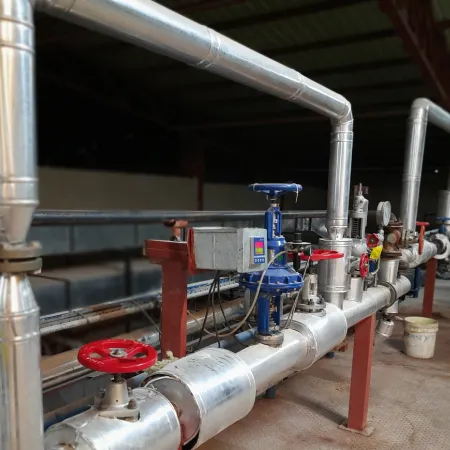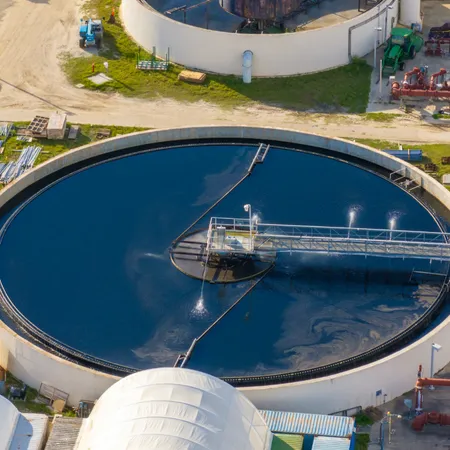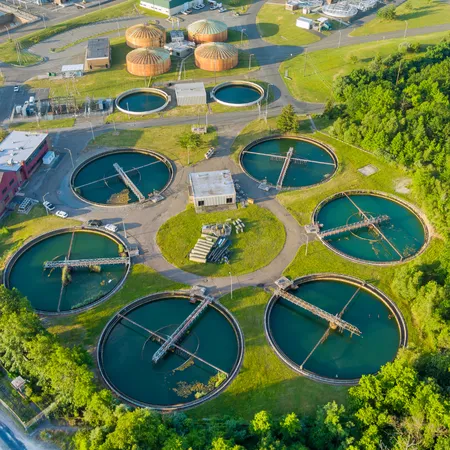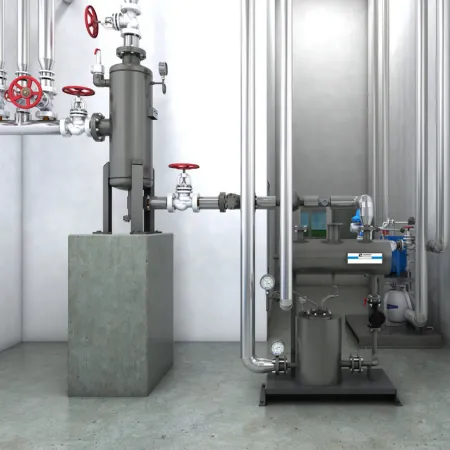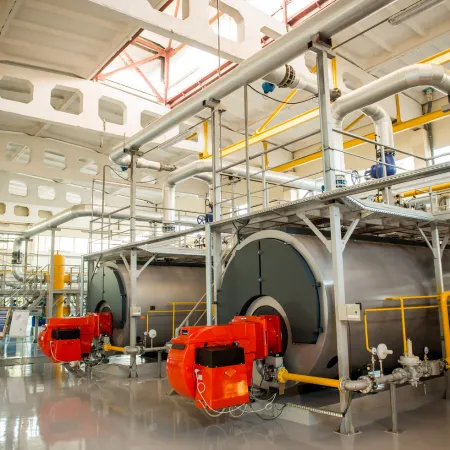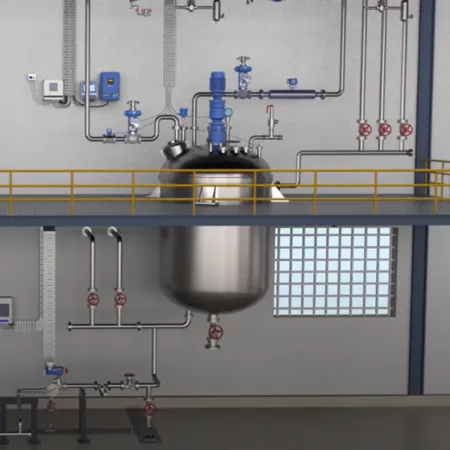Minimising stack analyser downtime using real-time diagnostics
The Critical Role of the IR Source in Emission Monitoring
In any emission monitoring system, the infrared (IR) source plays a vital role in enabling precise gas detection. At the heart of this system are multiple power supply units, powering key components. But what happens when one of them fails?
The Traditional Approach: A Recipe for Downtime
Traditionally due to external reasons like improper earthing and/or noise, when the IR Source power supply unit malfunctions, plants are left without a functioning analyser – no measurements, no compliance, and a long wait to recovery due to the time needed to complete a root cause analysis. The standard root cause analysis and correction process involves sending the analyser back to the manufacturer, then conducting a series of simulated tests to help identify the faulty component and/or identify the problem. This leads to months of downtime of the analyser, potentially costly component replacement needs, and a gap in dust and gas emission reporting — creating significant compliance and operational challenges.
The Digital Approach: Real-Time Health Monitoring
When an analyser is digitally connected, the health of each subcomponent can be tracked in real-time, significantly reducing downtime and monetary impact of said downtime.
Let’s look at a situation where Forbes Marshall Digital’s EverSense for Continuous Emission Monitoring System (CEMS) helps. It tracks the health of each sub-component within the analyser in real-time: including the two critical IR Source DC-DC (direct current component) units. If a fault begins to develop, EverSense can detect unusual behaviour and noise patterns before failure occurs.
From Reactive to Proactive Approach: The EverSense Advantage
If timely corrective action is not taken and a failure does happen, EverSense for CEMS’s remote diagnosis identifies the exact component that needs attention. This brings two major advantages:
Rapid on-site resolution: The failed component can be removed and replaced locally, without needing to ship the analyser back to the manufacturer. This reduces typical downtime from months to days.
Root cause correction: In many cases, component failure is linked to external issues like electrical noise or improper earthing, which are hard to detect. Our engineers not only flag these problems but also recommend corrective actions and the right standard operating practices to eliminate the root cause, preventing recurrence.
The result is a dramatic improvement in uptime, reduced long-term costs, and a proactive approach to system health. Hence, through digitally enabled analysers with specialist analysis, you’re not just detecting failures — you’re staying one step ahead of them.

